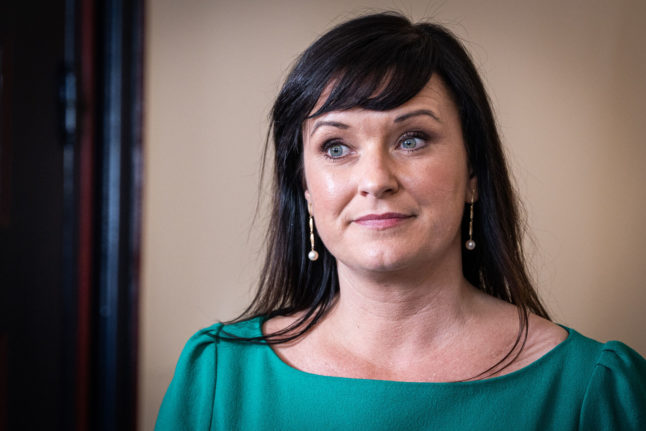Healthcare apps are unquestionably convenient. They allow you to consult a doctor – or a psychologist – by video, often within just a few minutes and without the hassle of the waiting room. Simply knowing this can provide peace of mind if you’re living abroad.
But how do these virtual healthcare services fit into the traditional Swedish healthcare system? And is there a difference between using a healthcare app and visiting your local vårdcentral?
“The bulk of health and medical costs in Sweden – including both traditional and virtual care – are paid for by county council and municipal taxes,” explains Rebecka Gardell, who works as a doctor at KRY. “Contributions from the national government are another source of funding. Patient fees cover only a small percentage of costs.”
Unless it’s an emergency (in which case you should go directly to the emergency room, or call 112), patients can choose to either book an appointment at their local health centre – where the waiting time may be days or even weeks – or simply unlock their smartphone and open KRY. In cases where a physical exam isn’t required, the latter can save plenty of time – and money too.
“Virtual care is improving access and affordability of healthcare. It’s surprising how much you can do without being in the same room as the patient,” says Dr Gardell. “I see patients with everything from sore throats to urinary tract infections, skin conditions and even psychiatric problems. After the consultation, I can send patients for blood samples, refer them to specialists and write prescriptions – just like a doctor at a traditional health centre.”
KRY doctors are provided with very detailed instructions on which patients are suitable for treatment via video. Dr Gardell says that there’s no room for a doctor to guess which is why each patient fills out a questionnaire before an appointment to assess whether they are suitable or not.
“There is a strict set of guidelines and rules that we have to adapt to, in order to ensure patient safety and quality of care. That way, patients can feel secure at all times that things are being handled correctly,” she tells The Local.
For expats, it's reassuring to know that KRY offers healthcare in multiple languages. If you’re not comfortable consulting a doctor in Swedish, KRY is staffed with providers who speak Spanish, Arabian, English and more than 20 other languages. It's incredibly handy if you are unsure how or where to seek healthcare in Sweden to begin with.
Dr Gardell, who prior to joining KRY had worked for several years in local health centres and hospitals, explains that patients with conditions that are not treatable via video are given advice on where to go for a physical examination. In these cases, when patients are not diagnosed and/or treated, KRY does not charge any fee.
Download KRY to see a psychologist by video
KRY’s offer extends to mental health services such as helping expats who struggle with depression, a condition which can be triggered by moving to a foreign country. For these patients, KRY has dedicated doctors and psychologists providing treatment in the form of cognitive therapy and/or medication, depending on the individual’s needs.
“Moving to a new country can be very challenging, not least since you lack a personal safety net,” says Dr Gardell. “In Sweden, you also have to deal with the cold and the darkness that prevails during winter here. For me, it’s not uncommon to see anxiety, depression and sleeping issues in people who have moved here.”
And it’s not just patients who can benefit from turning to KRY first, says Dr Gardell.
“By reducing the number of unnecessary patient visits, KRY is actually relieving pressure on other parts of the healthcare system. Virtual healthcare is modern, it’s efficient and it’s time-saving – for you as a patient and for your doctor as well.”
This article was produced by The Local Creative Studio and sponsored by KRY.



 Please whitelist us to continue reading.
Please whitelist us to continue reading.